|
Fear the Walking Dead is part-spinoff and part-origin-story for the popular AMC series The Walking Dead based on the graphic novel of the same title by Robert Kirkman. A brief internet search will turn up plenty of content about the cable series and the graphic novels. Basically, it tells the story of an unknown disease that turns the recently dead into wandering cannibals seeking flesh to eat. Waking Up to a World Gone Mad I am predisposed toward wanting to love the next iteration of the world created by The Walking Dead. The stories are compelling and the questions stark: What would I do if I woke up to a world gone mad? Would I have what it takes to survive? Each character provides insights into how to respond to these questions. Both the original series and the spinoff borrow a lede from the zombie flick 28 Days Later (2002) by having a main character wake up into this world. The viewer follows the slowly unfolding realization that the definition of yesterday's reality no longer holds true. I like this way of entering the story, although it is not geared to a fast-paced action thriller. The "explosions" and "chases" are inward as the mind races to figure out what is going on, and the heart palpitates with what is waiting around the next corner.
Think of the artificial lights of the hospital room and equipment and the helicopter searchlights at night. This dawning realization is lived out by Nick, the main character/drugged out prodigal. Nick in a conversation with Travis in the hospital room furthers the metaphor: "Either it was in the powder [the drug he took] or it came out of me." What is the origin myth that we're talking about? If this show lives up to its predecessors, the story being told is probably not the one we're thinking of. Religious Cries in the Night The first words spoken in the FTWD premiere take place in a church, as Nick shouts for "Gloria." We find out he is searching for his companion, a fellow junkie. But, it's obvious, as it goes with this universe and its story, there is more to it. A sickened, lonely human wandering through a dilapidated sanctuary seeking someone else. The character moves toward the safety of being close to someone else. The religious themes are reinforced by outer ilght piercing the darkened hallways as Nick moves through the church. The next scene after the opening credits is a house--a lived in, cared for building--that is truly a home. A woman moves through the house, starting in the bedroom, picking up laundry, while a man works on a kitchen sink. The first conversation between the Maddie and Travis has them bantering about the broken pipe. Travis is under the sink. Maddie: "How's that working out, babe?" Travis: "Ye of little faith." Maddie: "Ye of no faith. The plumber's number is on the fridge." It's a small bit of dialogue but important in that it shows the posture of the two characters: unwillingness to believe any sort of fixing actually works, and a willingness to try fixing it, regardless. In the hospital later, Nick spoke to his mom for the first time after an accident. Maddie: "What happened?" Nick: "L. A. is not a pedestrian-safe city." Maddie. "Nick." NIck: "Just trying to be the light." Not only does this echo the continuing religious themes, but it might be a clue to Nick's role in this series. He seems to see things before others do. Nick told Travis about the procedures of the "junkie communion" with a story that ends with a perverse reversal in the "eating of flesh." A religious theme, just not conventional. On the return trip to the abandoned church, the lopsided cross moves across the screen followed by "Why?" spray painted on a column in the sanctuary. The religious themes are not so subtle in this first episode. As with the original series, this world turns churches into places where, as Maddie put it, "bad things happened." No Place Is Safe The first fifteen minutes are set the following locations: an abandoned church, a domesticated yet distressed home (mostly the kitchen, the place of most familiarity), a busy hospital, a car on commute to work, and a packed high school. These scenes represent fundamental institutions in American society. All of these institutions are bound to be infected and disintegrate like a corpse. What will be lost? Orange juice for breakfast, hot showers every morning, running water, leisure for creative arts, mobile phones, reading novels, following conspiracies on the internet. If all of this withers away and disappears, will there still be a human will to survive? Will there be a reason to survive? I use the language of survival because it is so critical to the story line of the original series. There are survivors and those that cannot survive. Remember the dialogue between Abraham and Glen in the library? Remember the scene between Calvin and Nick in the drainage basin with skeleton figures tagged on the concrete wall? Some live, and some die. As Jack London reminded high schoolers, we have to learn the desire to be the ones to not die. Think of the code Rick and his group live by in the original series. Consider how often rules and bending rules are brought up in these scenes from FTWD:
Travis continually tries to fix these family situations in the face of doubt. In the truck on the highway, Maddie is not sure she wants her son to come home. The impetus of the show so far is that the character conflicts are so plausible. The decomposition of the family is a key plot point as well as how well people can keep it together; as much as The Walking Dead is about the composition of fictive kin while trying to keep it together. Watching the viral video in the teacher's lounge, Artie, the school principal, said, "This is why we need to stay at home." Contrast this talk of "home" with Cal and Nick meeting in the diner. Cal said to Nick, "I got you" and called him "brother" even though it's not certain how true it is. The interactions between Travis and Maddie are the core to the show--a study of contrasts: certain doubt and dubious belief. Notice the small moments between these two. The image above just before answering the phone, and again in the hospital before Maddie leaves for school. Master actors creating the ideal image for the kind of people that could survive anything. Alicia the daughter has a side plot with a boyfriend showing the fragility of family relationships and continual search for belonging somewhere to someone. The connection between her and her brother Nick seems like something I'd like them to explore in future episodes. Tobias, a geeky conspiracy freak, always in danger of being bullied, becomes another challenge to the notion of belonging. Who belongs to whom, who can be trusted, and does it matter in long run? The answer is yes--all of this belonging matters in terms of survival, in developing the desire to not die. The episode demonstrates the versatility of working through domestic strife in a rapid exchange of words in the hospital room between Travis, Maddie, Nick and Alicia at 8:10-9:10. It is a great piece of work between these actors. This is followed by the phone call between Travis and his ex and his son, which Travis called "something resembling love." Later, Nick's story told to Travis about what happened the morning of the first scene, being together with Gloria and then waking up to the horror of being left but not alone. Put this up against the mother and son embrace in the drainage basin, when there was no dialogue, just powerful imagery. Good stuff if you think about it a little bit. It's a better show than most "first to post" reviewers thought. Portals and Fences Notice the image of portals and fences throughout the first episode. Nick moving from room to room in the church, Maddie making her way to Nick's hospital room through a series of doors, the scanner at the school entrance, the fence surrounding the church, the wall by the park with the lost-child posters, the wall alongside the street in front of the homeless guy in the park, the school bus entry door, the exit ramp where the viral video is taken, the car doors on at least three vehicles. and the portal for the Los Angeles River drainage basin. There seemed to be a major revelation to the characters every time they passed through a portal. Blue-eyed Walkers A thought crossed my mind. Long-time fans know about Breaking Bad's blue meth Easter egg showing up in The Walking Dead in Merle and Daryle's contraband. The first walker revealed in The Walking Dead universe has crystal (meth) blue eyes. Is there something to it? Not to mention the pervasive drug use that is tied to the main character Nick, and the possibility that he had been given tainted goods by his dealer. Could bad drugs be a cause of the diseased walkers? It's important to remember to look for throwaway lines. It's in these morsels that much can be heard. Travis, Nick, and Maddie are in the truck driving through the drainage basin portal. They are talking about Nick's drug dealer.
Travis: "We don't know what we're dealing with here, Maddie." Maddie: "I do." So, is there drug abuse in Maddie's past? Is it the motivation for her to go into high school counseling? The reason her kids have an unmentioned father? Is there a connection between a Los Angeles high school counselor and a high school chemistry teacher in Albuquerque? The first episode poses a few interesting questions, and makes for a fun few weeks while the rest of the story rolls out.
0 Comments
TL;dr Lots of the book seemed like a extended version of a term paper written for a seminary class, but there were redemptive bits providing more than food for thought but also maybe a better way to think of what it means to be in relationship with the Divine.
I wanted to like this book out of the sheer pleasure of the title: how can someone not smirk ironically at a title like a “theology of luck.” The first few chapters veered toward the idea of “luck” in religious experience and then swerved back into territory mostly familiar to the seminarian.
Even with the lofty beginning that made this professor want to set it down, I felt like I needed to mark it for a grade but for summer break, until there appeared this gem of a morsel of a great idea on page 31: “So, then, the God of the universe is the God who has demonstrated a willingness to initiate but a hesitance to dominate.” New paragraph for the next line: “This is a difficult concept for many.” Okay, let’s go there, the coffee's hot and there's a week left before classes start, but alas the authors did not or at least they skated around this concept for the rest of the book but did not jump completely into the fray. Instead, they enjoy the plausible deniability of holding a paradox (see page 33) and willowy notions of relationship with the Divine. I'm a recovering educational psychologist, and I believe the human psyche is important but there's so much more to religious faith than personal perceptions.
I almost backed out completely by page 41 in the middle of the chapter entitled "Lucky?" Here there was an expectation of jumping in the deep end, but it is written, “Why does it matter to us what the world thinks of our God? Because it matters to God.” Huh? As I read the words of God’s interactions with Abraham and Issac and Jacob and the prophets, filtered through Jewish rabbinical tradition with a low threshold for drek, and then Jesus' dialogue with the first disciples and religious leaders, filtered through intellectually honest gospel writers, I do not think this notion of divine like-ability ever entered God’s self-revelation. I cannot even think of a single place in Scripture where this is the case. I could be wrong. Let me know if you find a moment in Scripture where this happens.
The absence of engaging folk traditions in popular religiosity and similar beliefs among adherents of Islam, Hinduism, and its cousin Buddhism was, in a word, disappointing. Even my neighbors in the American Appalachian region have all kinds of practices that entertain the avoidance of bad luck and the search for certainty. Hex signs on the side of Amish barns come to mind as well as planting by the phases of the moon might just help a crop produce bountifully or wither on the vine. The summer of 2015 brought about a rare instance of a blue moon, when a full moon happens twice in an astrological sign—as one blogger put it “a lunar bonus round” for the Wiccan community, also very much a part of my neck of the woods. Fun fact--The term “blue moon” was first recorded in a 16th century letter by Cardinal Wolsey in defense of Henry VIII of England against the “wily foxes” of the clergy who “say the moon is blue, we must believe that it is true.”
All this to say, a cursory search, not even a scholarly one, turned up many examples of luck and fate; none of these beliefs and practices are seriously engaged in the early chapters. The authors do engage books resting on seminary shelves, such as those written by Greg Boyd and John Sanders. Luck is defined away as "irrational," and natural disasters are blamed on the “brokenness of this world.” (page 42) Um, okay. At the same time, the proposed solution is found in the inter-relatedness of all things under God’s purview, which seems like a momentary lapse in logic: Move long, God can still do what he wants, so whatever. Maybe I read through this section too fast.
The jargon continues with a parachute drop of a phrase like “compatibilist view” into the middle of a paragraph without any context (page 48_. The argument against deterministic views then glides over biblical examples of Pharaoh’s heart-hardening in Exodus and the selection by lots of Matthias as one of the Twelve in the Book of Acts. These are fascinating cases and could have been examined more thoroughly. It is my personal view that the apostles leapt in front of the Holy Spirit’s moving and selected a new apostle that is never mentioned again in Scripture, yet another young, though very unsavory, man named Saul is introduced in Acts 7:58, and will go on to pen 60% of the New Testament as Paul the apostle. First year university students in Bible are always curious about Pharaoh and his hardened heart. Does God create the context for disobedience as well as obedience? Does the Divine stack the deck against his creatures? Am I just a pawn on a giant chessboard? These biblical cases were a mother lode of insight (it's why they are biblical) but not to be fully excavated.
As harsh the review might seem so far, the book takes a welcome turn with a reflection upon the story of Joseph. I kept wondering if Joseph's tale, though was about luck or just existing within God’s sphere of awareness. The authors return to this idea of divine awareness in the final chapters. Their treatment of Joseph showed promise, and it very well could have anchored the entire book. There’s a lot to work with there.
Speaking of divine awareness, living under the sun, so to speak, I like the powerful Hebrew word “shamar” at work throughout the Hebrew Scriptures, and into the Gospels and Pauline letters. It is one of the single most powerful metaphors in all of Scripture. Shamar appears first in Genesis: “The Lord God took the man and put him in the Garden of Eden to work it and take care of it” (Genesis 2:15) – to work it and shamar it. It appears again in Genesis 4, the fratricidal Cain asks of God, "Am I my brother’s keeper”—brother’s shamar-er. Psalm 121 has eight occurrences related to God’s deep and abiding care for His people.
The concept of "watching over" continues with the search for a king found finally in the shepherd boy David, sought for by the prophets, especially Ezekiel (chapter 34), and revealed to shepherds as the Good Shepherd in Jesus. Paul talks about church leaders as an "episkopos" or overseer, like a shepherd. I thought the authors were going to go this way at the bottom of page 146. Whew. They did not, although they write of stewardship in the broad sense. I think I need to write a book on “shamar” before someone beats me to it.
Now for the Good Parts, IMO
As much as I have conveyed some criticism so far, the book is worth a read just for what it says about manipulation, obedience, and vocation. The counterpoint of obedience to manipulation in chapter 4 is probably the single most important idea in the book. Obedience is equated with hearing. This is a point I make in freshman Bible class, in preaching, and in casual conversation. It makes the Shema (Deuteronomy 6:4: “Hear, O Israel . . . “) all the more poignant. People love the Lord only through obedience which only happens when one hears. The one who hears cannot easily manipulate the Other with sugary words and stylized ritual so common in consumeristic religious practices. The manic arts are prevalent in the Church, and the authors call out bibliomancy (page 84): Opening the Bible, reading a verse and taking action because it was meant to be. Nope. It was just a lazy reading of the Bible. Good for the authors. A needed correction here for the tendency to be satisfied with making consumers instead of disciples, more willing to “get something out of it” than “follow the Rabbi no matter how long it takes.” The argument continues in a later section on authority, in which true disciples are said to share a “conferred authority” with God and return it in true worship “not through acquiescence or manipulation but through participation” (page 114). Good. Stuff. Here.
Is there a choice in the matter or a magical rendering of what to do and be, not an unfair expectation of a generation reared by the Hogwarts Sorting Hat. If only it was so easy. J. K. Rowling is sleeping on a bed of a billion dollars tonight because she told a story of how not-easy it is to find the direction life may take. The realization that “we are God’s desire” (page 164) is a balm for the anxious young adult wondering what comes next.
The response Fringer and Lane offer is a good one, and frankly, the topic of the entire book in its own right: moving from a hermeneutic of authority (receiving a divine harness) to a hermeneutic of optimism (human hands-on action) to a hermeneutic of love (being responsible to the gift of divine grace). True, sometimes tripping into the arms of God is part of realizing the extent of God's capacity for inviting humanity on a walk with Him into the mystifying tumbles and turns in this mysterious creation.
As I edited this post, I couldn't help but think of "Walk of Life" written by Mark Knopfler, one of my favorite artists, that brings together the themes of this book and why it should strike a chord in the Western mindset with its dual love of music and sports as portrayed in the video below: stumbling, getting back up, enduring, seeking companionship in the midst of pain, trying to do something significant, figuring out faith in the fog, hearing and being heard, and finding a path through the days.
Here are resources for getting the most out of the 2014 novel The Martian by Andy Weir, kind of like Apollo 13 meets Castaway, a sci-fi rendition of Daniel Defoe's classic novel Robinson Crusoe.
Thus, the literary minded call this kind of "stranded-survivor" story a robinsonade.
Questions to Discuss
Links to Related Books
Maps of Mars
Of course, Google's map of Mars. Geological and topographical map of Mars from the USGS from space.com. Image gallery of Mars and its exploration from NASA. The journey taken by Mark Whatney traced on the surface of Mars, for your convenience.
Adam Savage Interviews Andy Weir -- The Talking Room
Andy Weir, The Martian - Talks at Google
The Martian by Andy Weir audio book, part 1 with links to the rest
The Egg by Andy Weir, a short story in audio narration
According to statistics available from 2014, There are 1418 current pastors in the Great Lakes Megaregion (consisting of 26 Nazarene districts). Note: "Current pastors" is defined as the reporting pastor for the local church at district assembly and the one designated pastor in the district journals. 245 churches in this megaregion are without a current pastor. The median tenure of current pastors on the megaregion is 5 years, meaning they have been in place since 2010. Another way to put it: Half of the current pastors have been at their assignments for five years or less. 57 is the median worship attendance at a church with a current pastor. (There are as many churches with current pastors with fewer than 57 in attendance as there are churches with more in attendance.) Conclusion: Small churches are normal churches. Three out of ten (29%) current pastors have been in their local church assignment for less than two years. Three out of ten (29%) of current pastors have been in their local church assignment for more than eleven years. Reflections (TL;dr | Probably enough ministry grads to fill the gap of pastor-less churches, the need to connect veteran pastors with newbies, & a little something about John Maxwell and Rob Bell to tick off veterans and newbies at least a little bit, probably) A couple of thoughts go swimming through my mind when I see these statistics. First of all. There are 245 churches without a current pastor. I can't speak for Eastern Nazarene College, Olivet Nazarene University, Nazarene Bible College, and Nazarene Theological Seminary though I am familiar with ministry graduates from Mount Vernon Nazarene University. These universities and graduate schools all serve districts within the Great Lakes Megaregion. I am almost certain we didn't have more than a combined 245 graduates in 2014. We did, however, graduate enough to fill some of the missing pulpits, right? Just asking. Secondly. There are a lot of new pastors, or at least those new to their local contexts. They have been where they are for two years. I can't even remember my address in less than two years, but I've had a lot of addresses. There are not many true veterans out there. The median tenure is five years. Anyone who has been in full-time ministry can give grin-worthy and grimace-inducing answers to the question, what could go wrong in that amount of time? But, are they really veterans yet--those who have endured the worst and the best? True, I think a pastor on-site for five years knows the terrain. I've been in Mount Vernon for six years this summer, and there's a lot that I've learned in the past month that I didn't know before. It's possible that a pastor on-site for five years or more FEELS like a veteran, probably with battle scars to prove it. I think serving in ministry should be counted in dog years. You know, every year in ministry should count as seven in any other vocation. A pastor might think, "I've been here for five years, but it feels like 35"--the span of an entire career for anyone else. Ready for retirement? Not yet, but at least half of pastors on this megaregion see the five-year mark as time to move on--before they've had time to smell the air. At the other end of the spectrum, there are the same number of pastors that have been on-site for eleven years or more as there are those with two years of experience. That's difficult to comprehend: Less than two years and more than eleven make up 60% of the pastoral corps. Eleven years equals an old-timer in our Great Lakes tribe. Eleven years--this is enough time for toddlers in the family to grow up and move on to adulthood. It's enough time to pay off a car or two. There's enough ministry experience in eleven years to know that friendships fizzle, leadership changes, and people shuffle through churches like an old pack of cards. It is enough time to reveal real strengths in the midst of polite flattery ("Nice sermon, pastor!") as well as true weaknesses and not just someone going through a bad season ("How could giving drop $45,000 in three years?"). These discoveries not always happy or easy.
It is also enough time to have something to say to the next generation or to the pastor newly arrived. What can we do to get these two groups together? First, I get the hesitation. Why put a grumpy, sarcastic pastor together with a newby? Secondly, why frustrate an already overworked pastor with the new guy that thinks he smells like Rob Bell? (Because of the Axe hair paste.) Somehow we need to make this connection work between veterans and newbies. I think veterans need to know that newbies are not out to knock down the church with a wrecking ball of new ideas. They are not out to steal sheep. They are not there to make them suspicious or challenge their seniority. Remember how awful it was that one time when the group of long-haired young people called Petra tried to bring "that rock music" into the church? Now they are fellow inductees in the Gospel Music Hall of Fame alongside Jake Hess. Let that sink in a bit before continuing.
Now, replace Petra with Rob Bell, open theism, social justice, creation care, and skinny jeans. I think it'll all work out. Rob Bell will get old like John Maxwell, and the celebrity will fade. Fun facts: Both have good hair (um, used to?), a thing for sweaters (different styles, though), sold a load of books & left churches to do the conference circuit. Ironic, no? Open theism will eventually be seen to fit partially though awkwardly into the Arminian half of "Wesleyan-Arminian"; social justice is just plain gospel for everyone; creation care is simply Genesis Two stewardship; and, potluck dinners will make skinny jeans obsolete. For every Stryper, there was a Petra. For every Rob Bell and John Maxwell, there is a Francis Chan. For every new idea, there's a better one yet to be thought up. And, for each new generation there's another one coming up. Let's make a place/role/opportunity for the veterans to give the newbies a hand in the things that really matter. InfographGreat Lakes Megaregion MapRelated posts
Megaregions are not a typical way of talking about north American geography. We typically use the designations of states/provinces, cities, and towns. This post offers an overview of the states, provinces and largest cities within the Great Lakes Megaregion. Beside each city is the 2014 population estimate and the number of Nazarene congregations with a physical address in these cities within the Great Lakes Megaregion. Twelve U.S. States Kentucky, Indiana, Illinois, Kansas, Michigan, Minneapolis, Missouri, New York (upstate), North Dakota, Ohio, Pennsylvania (western side), South Dakota, Wisconsin Two Canadian provinces Ontario, Quebec Seventeen of the Top 100 U.S. Cities by Population (over 215,000) 93 Nazarene congregations with a physical address in the city 3 Chicago, Illinois pop. 2,722,389 (11 Nazarene congregations) 14 Indianapolis, Indiana pop. 843,375 (17 Nazarene congregations) 15 Columbus, Ohio pop. 835,957 (5 Nazarene congregations) 18 Detroit, Michigan pop. 680,250 (2 Nazarene congregations) 30 Louisville, Kentucky pop. 599, 642 (7 Nazarene congregations) 31 Milwaukee, Wisconsin pop. 599, 164 (1 Nazarene congregation) 37 Kansas City, Missouri pop. 470, 800 (13 Nazarene congregations) 46 Minneapolis, Minnesota pop. 407,207 (2 Nazarene congregations) 48 Cleveland, Ohio pop. 389,521 (4 Nazarene congregations) 60 St. Louis, Missouri pop.317,419 (0 Nazarene congregations) 61 Lexington-Fayette, Kentucky pop. 310,797 (6 Nazarene congregations) 62 Pittsburgh, Pennsylvania pop. 305,412 (1 Nazarene congregation) 65 Cincinnati, Ohio pop. 298,165 (14 Nazarene congregations) 66 St Paul, Minnesota pop. 297,640 (1 Nazarene congeragtion) 68 Toledo, Ohio pop. 281,031 (2 Nazarene congregations) 77 Fort Wayne, Indiana pop. 258,522 (6 Nazarene congregations) 83 Madison, Wisconsin pop. 245,691 (1 Nazarene congregation) Source: Baruch College - World Cities & District Journals Twelve out of 33 cities in Canada over 125,000 people (2014 estimates)
31 Nazarene congregations with a physical address in the city (cities listed below have populations approximate to the top 100 cities in the U.S.) Toronto (Ont) pop. 6,055,700 (8 Nazarene congregations) Montreal (Que) pop. 4,027,100 (10 Nazarene congregations) Ottawa-Gastineau (Ont./Que.) pop. 1,318,100 (2 Nazarene congregations) Quebec City (Ont.) pop. 799,600 Hamilton (Ont.) pop. 765,200 (3 Nazarene congregations) Kitchener-Cambridge-Waterloo (Ont.) pop. 506,900 (1 Nazarene congregation) London (Ont) pop. 502,400 (2 Nazarene congregations) St. Catharines-Niagara (Ont) pop. 405,900 (1 Nazarene congregation) Oshawa (Ont) pop. 384,100 (1 Nazarene congregation) Windsor (Ont) pop. 333,900 (1 Nazarene congregation) Sherbrooke (Que) pop. 212,100 (1 Nazarene congregation) Barrie (Ont) pop. 200,400 (1 Nazarene church congregation) Source: Statistics Canada & District Journals 2014 Two of the Top 100 World Cities by population 37 Chicago, IL-IN-WI 9,156,000 53 Toronto, ON, Canada 6,456,000 (demographics & neighborhood profiles): Sources: Baruch College - World Cities & Toronto.ca |
Bio
teacher, writer, Archives
August 2022
Categories
All
|


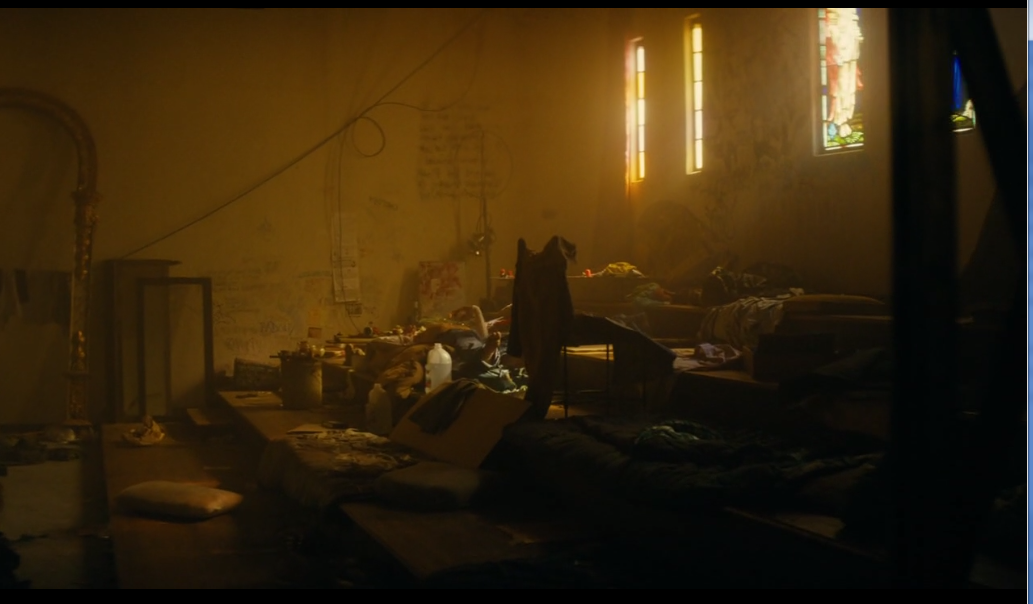

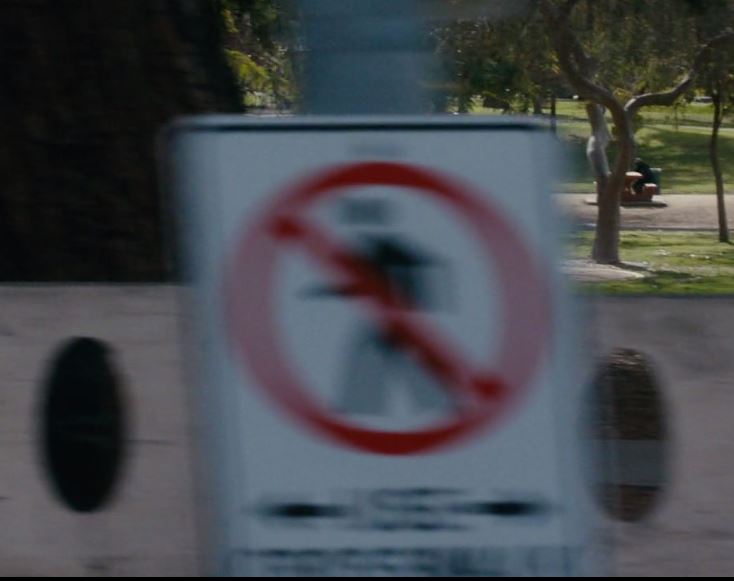

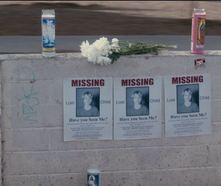
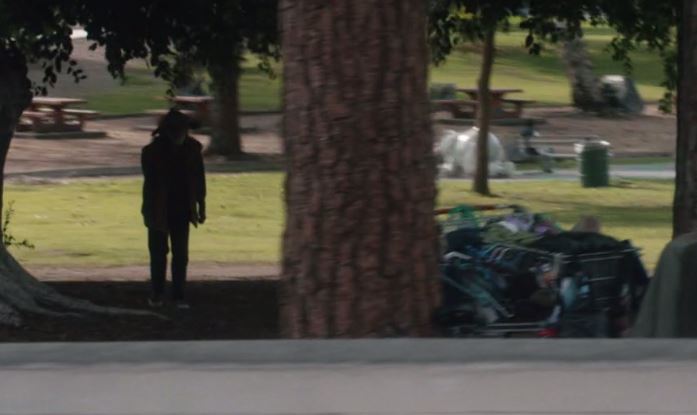
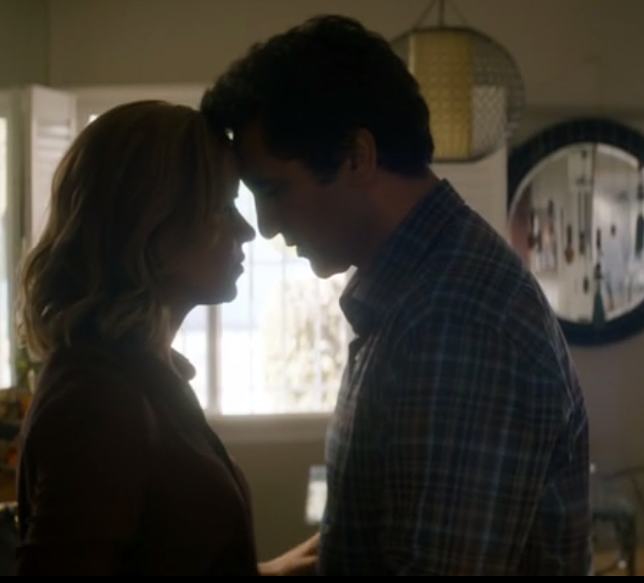
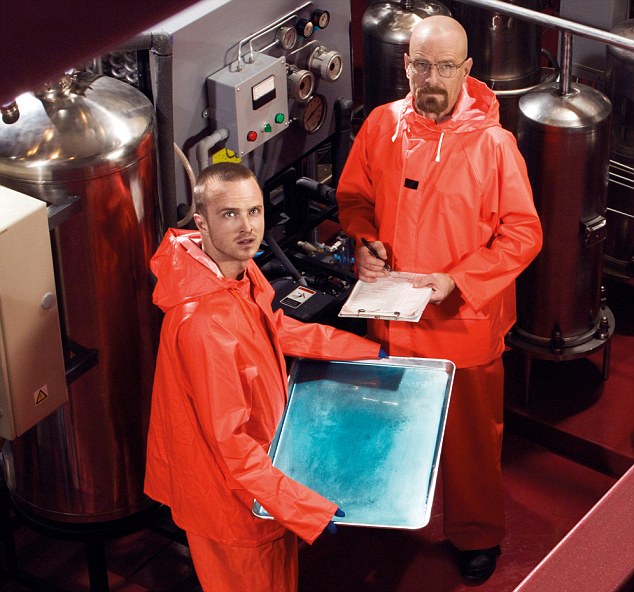
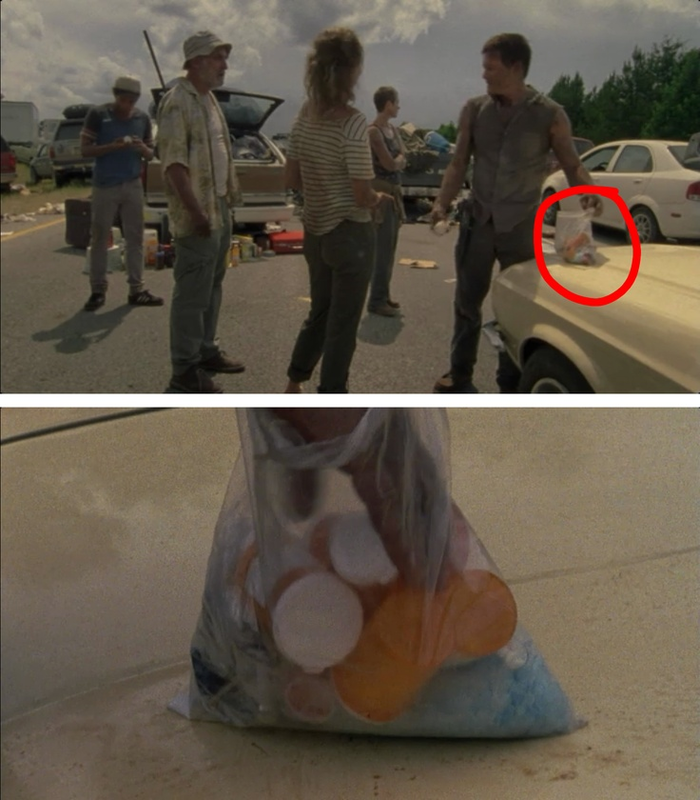







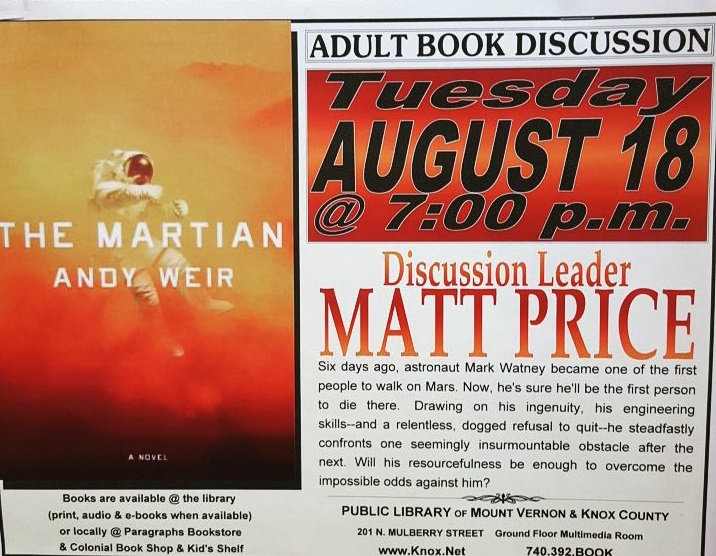




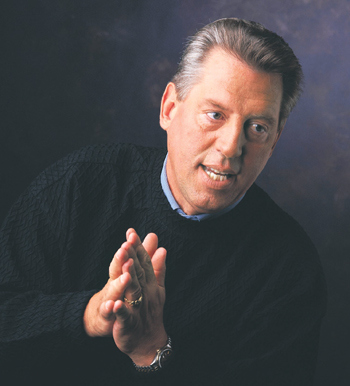
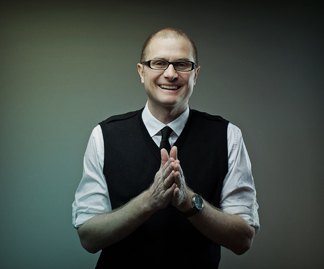
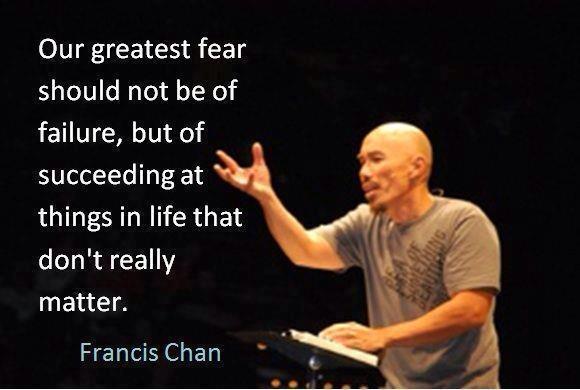
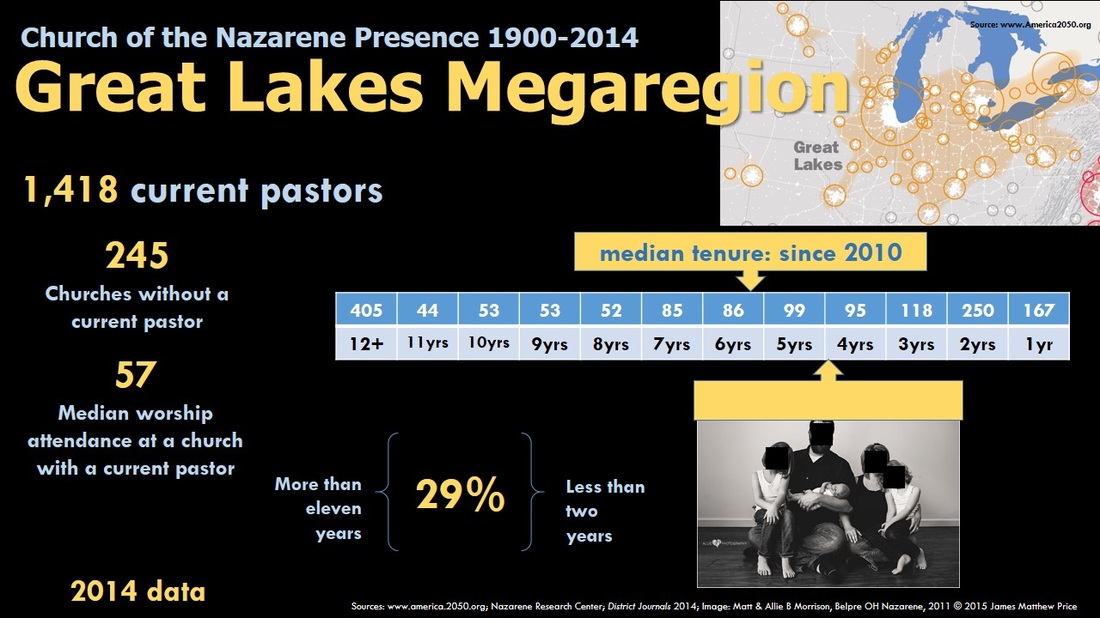
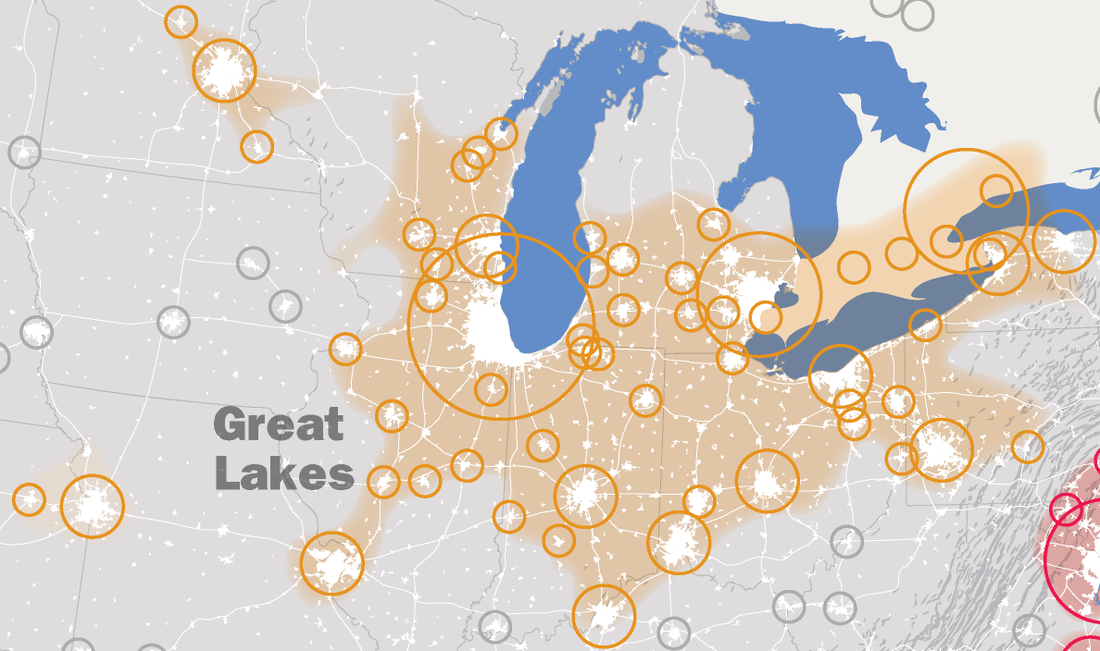

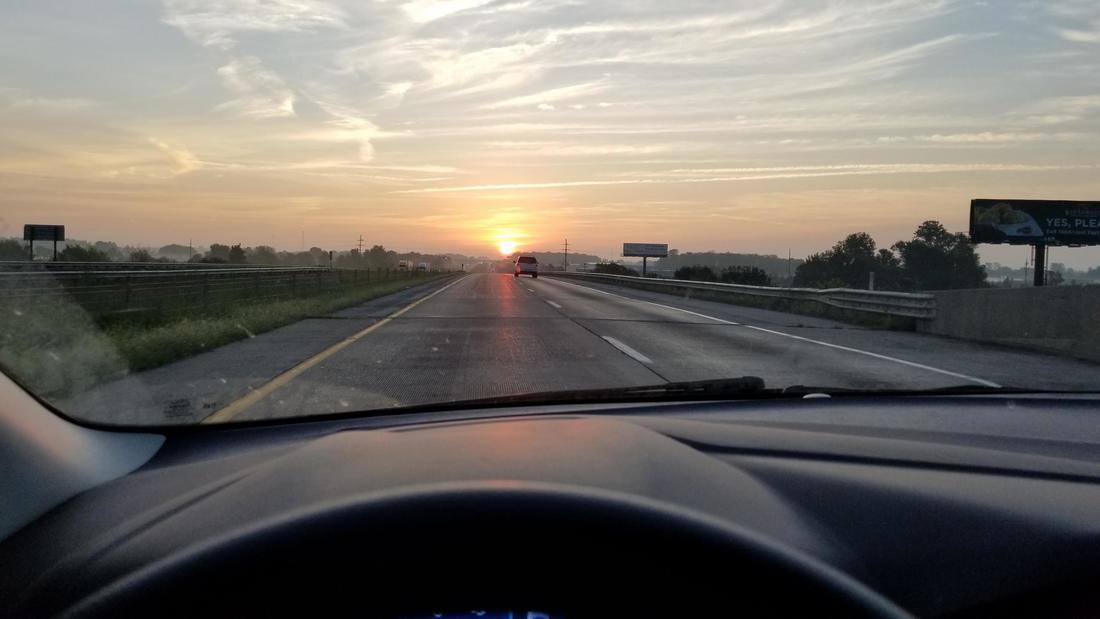

 RSS Feed
RSS Feed